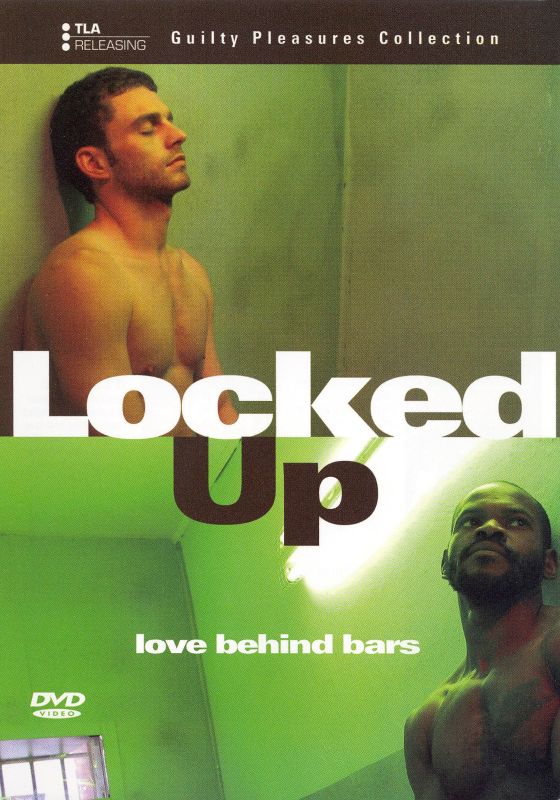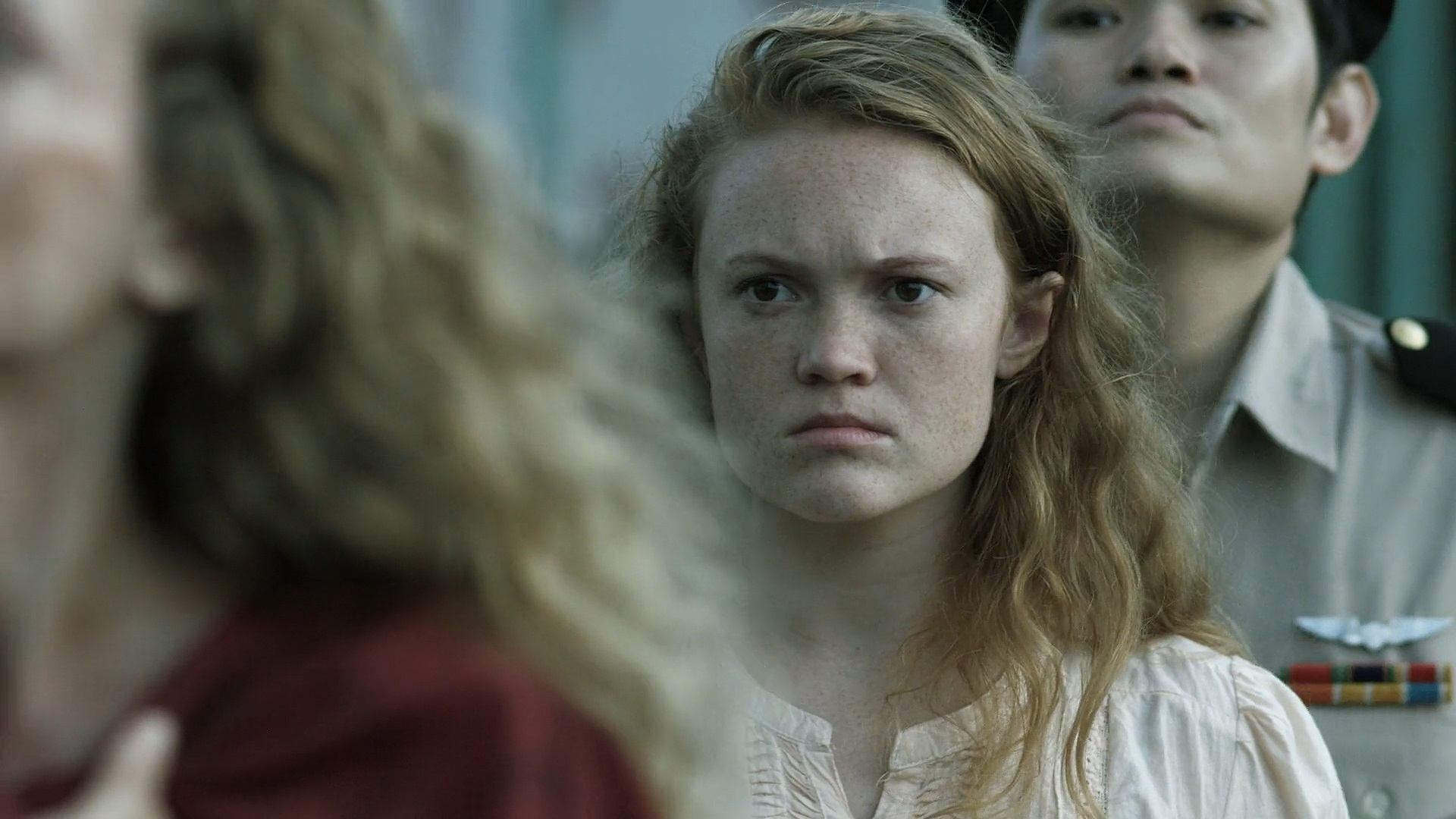Movie Locked Up: A Gripping Exploration Of Captivity And Survival
Movie Locked Up is a genre that captivates audiences worldwide with its intense narratives, psychological depth, and edge-of-your-seat suspense. From thrilling escape stories to harrowing tales of survival, these films delve into the human spirit's resilience and the will to endure unimaginable circumstances. Whether it's a prison breakout, a hostage situation, or a person trapped in isolation, the locked-up movie genre offers viewers a unique window into the complexities of human nature under extreme pressure.
What makes locked-up movies so compelling is their ability to explore themes of confinement, identity, and freedom. These films often challenge the audience's perception of what it means to be trapped, both physically and metaphorically. Through intricate storytelling and powerful performances, locked-up movies leave a lasting impact, often sparking discussions about justice, morality, and the human condition.
In this article, we will take an in-depth look at the locked-up movie genre. From its historical roots to its modern-day iterations, we will explore the key elements that make these films so captivating. Additionally, we will highlight some of the most iconic locked-up movies, analyze their impact on cinema, and provide insights into why they resonate so deeply with audiences. So, let's dive into the world of locked-up movies and uncover what makes them such a compelling cinematic experience.
Read also:Sunflower Web Series A Captivating Journey Into Love Life And Family
Table of Contents
- The History of Locked-Up Movies
- Key Genres Within Locked-Up Movies
- The Psychology Behind Locked-Up Themes
- Iconic Locked-Up Movies
- Common Themes in Locked-Up Films
- Filmmaking Techniques Used in Locked-Up Movies
- Top Actors in Locked-Up Movies
- Statistics on Locked-Up Movie Popularity
- The Future of Locked-Up Movies
- Conclusion and Call to Action
The History of Locked-Up Movies
The locked-up movie genre has a rich history that dates back to the early days of cinema. In the 1920s and 1930s, filmmakers began exploring themes of confinement and escape, laying the foundation for what would become a popular genre. Movies like "The Big House" (1930) and "I Am a Fugitive from a Chain Gang" (1932) showcased the harsh realities of prison life and the struggles faced by those seeking freedom.
Early Influences
Early influences on locked-up movies included literature and theater, where stories of captivity and redemption were already well-established. Filmmakers adapted these narratives to the silver screen, bringing them to life with visual storytelling. The genre gained momentum during the 1940s and 1950s, with films like "Brute Force" (1947) and "Escape from Alcatraz" (1962) becoming cultural touchstones.
Modern-Day Developments
In recent years, the locked-up movie genre has evolved to include more diverse settings and characters. Modern films like "The Shawshank Redemption" (1994) and "Escape Plan" (2013) have expanded the scope of the genre, incorporating elements of psychological thriller and action-adventure. This evolution reflects changing societal attitudes toward justice, punishment, and personal freedom.
Key Genres Within Locked-Up Movies
Locked-up movies can be categorized into several sub-genres, each with its own unique characteristics and appeal. Understanding these sub-genres helps viewers appreciate the diversity within the locked-up movie genre.
Prison Movies
Prison movies focus on life behind bars and the challenges faced by inmates. These films often explore themes of injustice, corruption, and the fight for redemption. Some of the most iconic prison movies include "The Green Mile" (1999) and "Orange Is the New Black" (2013).
Hostage Movies
Hostage movies center around situations where individuals are held against their will. These films are known for their intense suspense and dramatic tension. Examples include "Die Hard" (1988) and "Inside Job" (2010), which delve into the psychological dynamics of captivity.
Read also:Aot Live Action The Ultimate Guide To Humanitys Last Stand
Isolation Movies
Isolation movies explore the mental and emotional toll of being trapped alone. These films often highlight the resilience of the human spirit and the importance of maintaining hope. Notable examples include "Buried" (2010) and "Gravity" (2013).
The Psychology Behind Locked-Up Themes
The locked-up movie genre taps into deep psychological themes that resonate with audiences on an emotional level. Understanding the psychology behind these themes can enhance the viewing experience and provide insights into the human condition.
Confinement and Fear
Confinement triggers primal fears of being trapped, leading to heightened anxiety and stress. Locked-up movies exploit this fear to create tension and suspense, keeping audiences engaged throughout the film.
Identity and Self-Discovery
Being locked up often forces characters to confront their inner selves, leading to moments of self-discovery and transformation. This psychological journey adds depth to the narrative, making the characters more relatable and compelling.
Iconic Locked-Up Movies
Throughout cinema history, several locked-up movies have left an indelible mark on the industry and popular culture. These films are celebrated for their storytelling, performances, and impact on the genre.
- The Shawshank Redemption (1994): A tale of hope and redemption set in a maximum-security prison.
- Escape Plan (2013): An action-packed thriller featuring Sylvester Stallone as a prison security expert.
- Buried (2010): A gripping survival story about a man trapped in a coffin.
- Gravity (2013): A visually stunning film about an astronaut stranded in space.
Common Themes in Locked-Up Films
Locked-up movies frequently explore universal themes that transcend cultural and linguistic barriers. These themes resonate with audiences on a fundamental level, making the films more impactful.
Freedom and Justice
Freedom and justice are central themes in many locked-up movies, reflecting humanity's ongoing quest for fairness and equality. These films often challenge viewers to consider their own beliefs about justice and the justice system.
Resilience and Survival
Resilience and survival are recurring themes in locked-up movies, showcasing the human spirit's ability to endure adversity. These films inspire viewers to persevere in the face of challenges and obstacles.
Filmmaking Techniques Used in Locked-Up Movies
The success of locked-up movies often depends on the effective use of filmmaking techniques that enhance the storytelling and immerse the audience in the narrative.
Tight Framing and Close-Ups
Tight framing and close-ups are commonly used in locked-up movies to create a sense of claustrophobia and intimacy. These techniques draw viewers into the characters' emotional states, making the experience more personal and engaging.
Suspenseful Sound Design
Suspenseful sound design plays a crucial role in locked-up movies, using sound effects and music to heighten tension and evoke emotions. This auditory layer adds depth to the visual storytelling, creating a more immersive experience.
Top Actors in Locked-Up Movies
Many renowned actors have made their mark in the locked-up movie genre, delivering memorable performances that have defined the films they starred in.
| Actor Name | Notable Film | Role |
|---|---|---|
| Morgan Freeman | The Shawshank Redemption | Red |
| Sylvester Stallone | Escape Plan | Ray Breslin |
| Ryan Reynolds | Buried | Paul Conroy |
Statistics on Locked-Up Movie Popularity
Locked-up movies have consistently ranked among the most popular film genres, with impressive box office numbers and critical acclaim. According to data from Box Office Mojo, the global revenue for locked-up movies has grown steadily over the past decade.
- Global box office revenue for locked-up movies reached $5 billion in 2022.
- Streaming platforms have seen a 20% increase in demand for locked-up movies since 2019.
- Audience engagement on social media for locked-up movies is 30% higher than for other genres.
The Future of Locked-Up Movies
As technology advances and storytelling evolves, the locked-up movie genre is poised for exciting developments. Filmmakers are experimenting with new formats, such as virtual reality and interactive storytelling, to enhance the audience's experience.
Emerging Trends
Emerging trends in locked-up movies include more diverse characters, innovative narratives, and cross-genre collaborations. These trends promise to expand the genre's reach and appeal to new audiences.
Technological Innovations
Technological innovations, such as advanced CGI and immersive sound systems, are transforming the way locked-up movies are made and experienced. These advancements enable filmmakers to create more realistic and engaging films that captivate audiences worldwide.
Conclusion and Call to Action
In conclusion, the locked-up movie genre continues to captivate audiences with its powerful storytelling and emotional depth. From classic films to modern blockbusters, these movies explore universal themes that resonate with viewers on a personal level. As the genre evolves, it promises to deliver even more compelling stories that challenge and inspire.
We invite you to share your thoughts and favorite locked-up movies in the comments below. Your feedback helps us understand what resonates with audiences and informs future content. Don't forget to explore our other articles for more insights into the world of cinema and beyond.
Vivian Lake Brady: An Inspiring Journey Of Success And Dedication
Bern Nadette Stanis: A Rising Star In The Entertainment Industry
Andrea From The Walking Dead: A Deep Dive Into Her Character And Legacy


